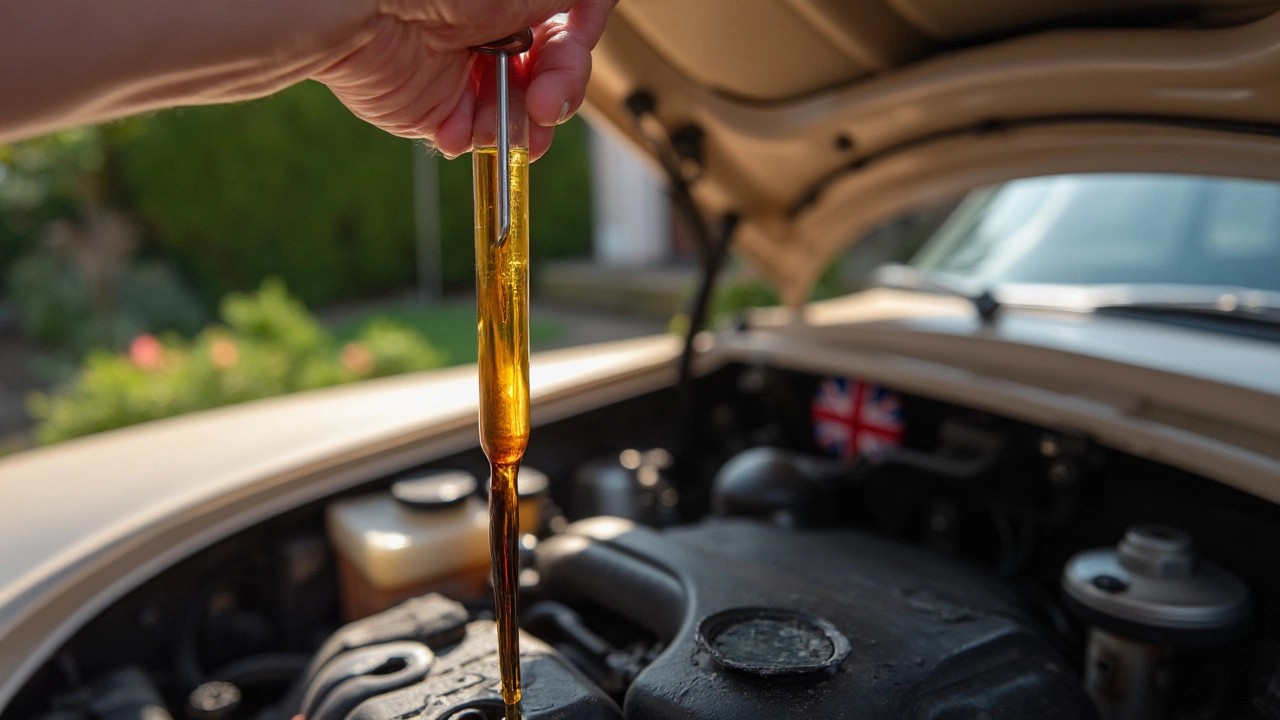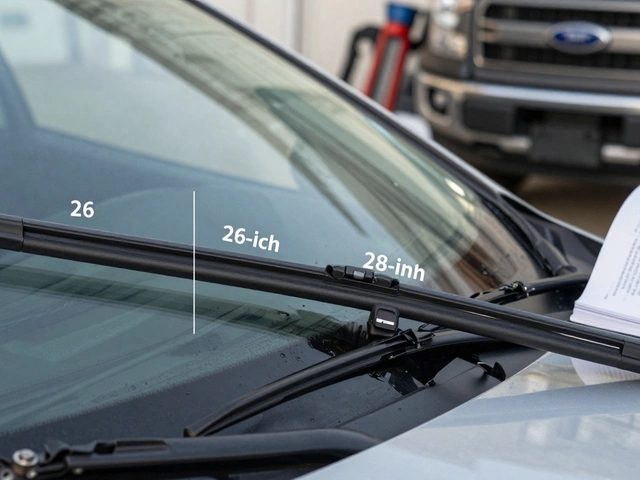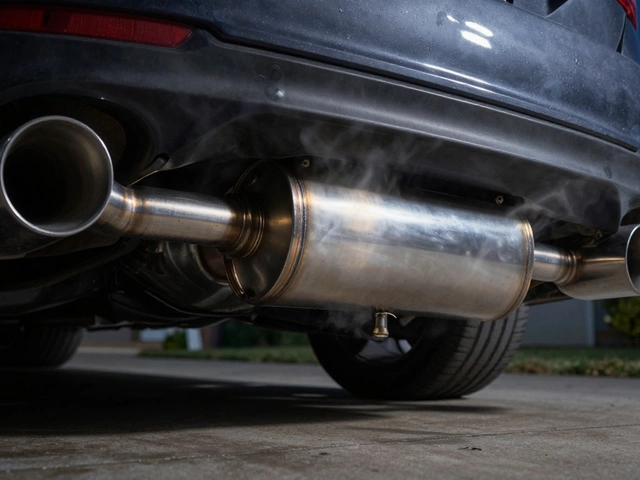Engine Oil Color: What It Tells You About Your Car's Health
When you pull out the engine oil color, the visual state of engine oil that indicates internal engine conditions. Also known as oil appearance, it's one of the fastest, free diagnostics you can do at home. If your oil looks like chocolate syrup, you’re probably fine. But if it’s milky, metallic, or has a burnt smell? That’s your engine screaming for help.
Engine oil doesn’t just lubricate—it also traps dirt, metal shavings, and moisture. Over time, its color changes based on what’s happening inside. Fresh oil is amber or light brown. As it ages, it turns dark brown or black, which is normal. But if you see engine oil change, the process of replacing degraded oil to maintain engine performance and longevity intervals that match your mileage but the oil still looks weird, something’s off. Milky oil? That’s coolant leaking into the oil, likely from a blown head gasket. Metallic glitter? That’s metal from worn bearings or pistons. Neither is good.
Don’t ignore engine oil condition, the physical and chemical state of engine oil that affects lubrication and engine protection. A lot of people think oil just gets dirty and needs changing. But it’s more than that. If your oil is thick, gritty, or smells like gasoline, your engine’s not running right. Gas in the oil? That’s fuel dilution from short trips or bad injectors. Thick, sludgy oil? You skipped too many changes. Both can destroy your engine fast.
You don’t need a diagnostic tool to spot trouble—just a clean rag and five minutes. Pull the dipstick, wipe it, reinsert, pull it out again. Look at the color, feel the texture, smell it. Compare it to fresh oil you’ve seen before. If it’s darker than usual or feels gritty, it’s time to act. Waiting until your car starts knocking is expensive. Most people don’t check until something breaks. But the best repairs are the ones you prevent.
What you see in that oil tells you more than any warning light ever could. It’s not just about when to change it—it’s about why you need to change it. And if the color’s wrong, it’s not just time for a new filter. It’s time to find out what’s really going on under the hood.





